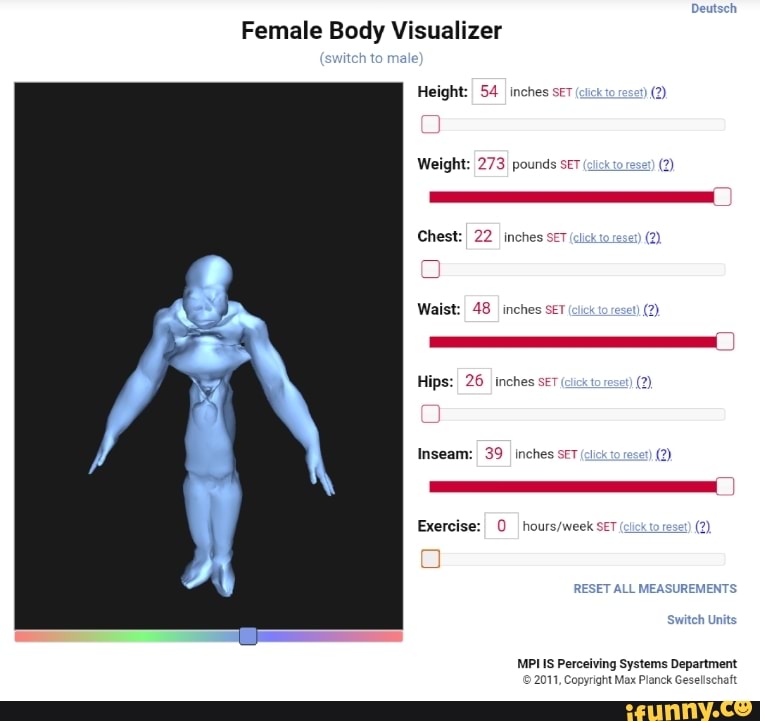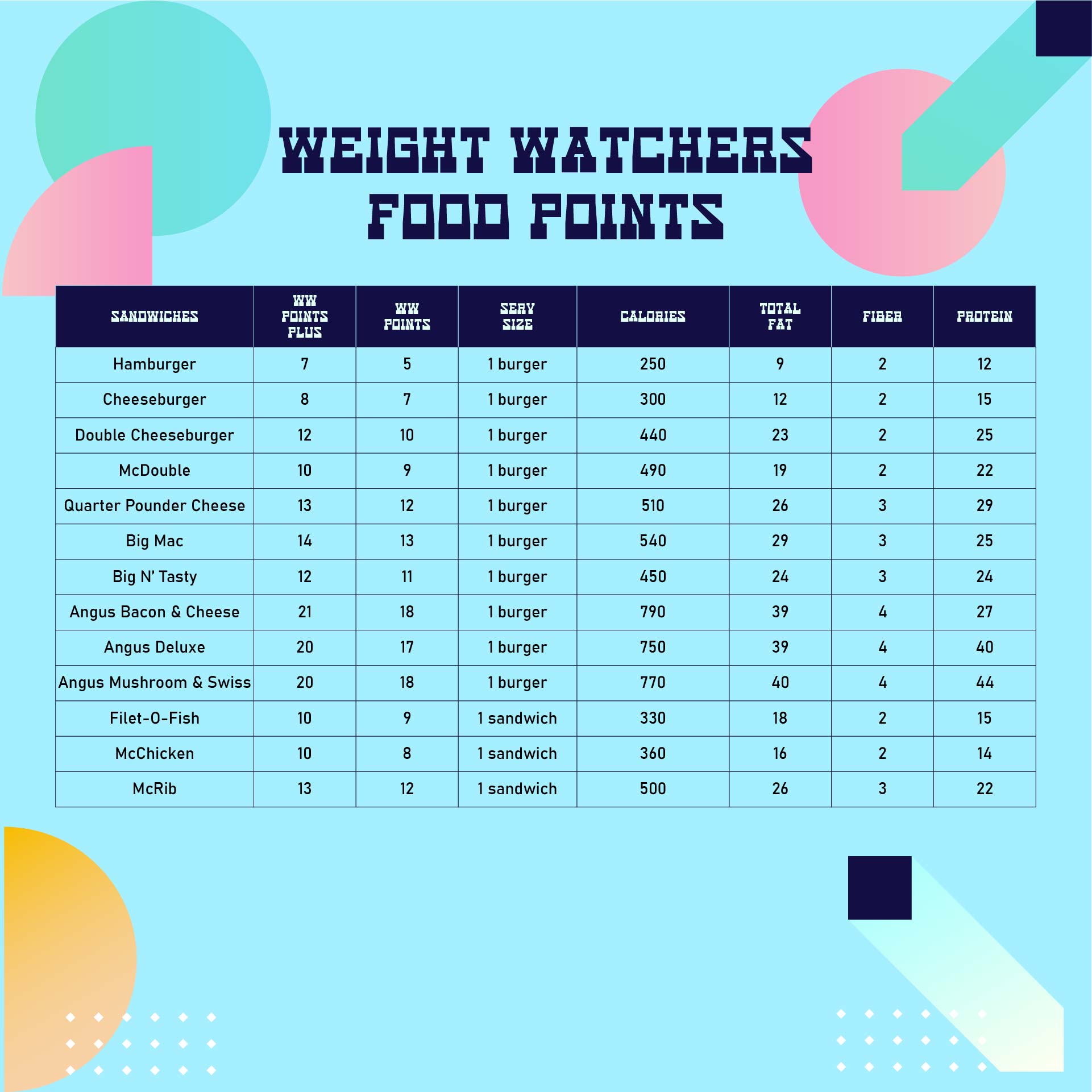Height and Weight Visualizer offers a powerful way to understand and interpret health data. This tool allows for the clear representation of individual height and weight measurements, facilitating personalized health management and informed decision-making. By employing various visualization techniques, it transforms raw data into easily digestible insights, benefiting individuals, healthcare professionals, and researchers alike.
This exploration delves into the design, functionality, and potential applications of a height and weight visualizer. We will examine different visualization methods, discuss the integration with other health metrics, and address crucial considerations regarding accessibility and data privacy. Through practical examples and case studies, we aim to demonstrate the value and versatility of this essential tool.
Understanding User Needs for a Height and Weight Visualizer
A height and weight visualizer’s success hinges on effectively addressing diverse user needs. Understanding these needs is crucial for designing a tool that is both informative and user-friendly.
User Groups and Information Needs
Several user groups stand to benefit from a height and weight visualizer. Each group requires tailored information presentation.
- Healthcare Professionals: Need detailed data visualization for accurate diagnosis and treatment planning, including BMI calculations, growth charts, and percentile rankings. Access to historical data is also essential for tracking patient progress.
- Parents/Guardians of Children: Primarily focused on monitoring growth and identifying potential developmental issues. Clear, easily understandable visualizations, such as growth charts with percentile ranges, are vital. Simple, intuitive interfaces are key.
- Individuals Monitoring Personal Health: Concerned with tracking weight changes over time and maintaining a healthy weight. Visualizations showing trends and progress towards weight goals are essential. The ability to integrate with other health data (activity levels, diet) would enhance usability.
- Researchers: Require comprehensive data analysis capabilities, including statistical summaries and export options for further analysis. Customizable visualizations and data filtering options are crucial.
Limitations and Challenges
While height and weight visualizers offer significant advantages, limitations exist.
- Data Accuracy: The accuracy of the visualizer depends entirely on the accuracy of the input data. Inaccurate measurements can lead to misleading interpretations.
- Oversimplification: Visualizations can oversimplify complex health issues. Height and weight alone are insufficient for comprehensive health assessments. They should be considered in conjunction with other factors.
- Misinterpretation: Users may misinterpret the data presented, leading to incorrect conclusions about their health status. Clear, concise explanations and context are necessary.
User Interface Design
A user-friendly interface is paramount. Design considerations include:
- Intuitive Navigation: Simple, clear navigation to prevent user confusion.
- Accessibility Features: Compliance with WCAG guidelines for users with visual or other impairments (discussed further below).
- Customizable Views: Allowing users to personalize their views based on their needs and preferences.
- Data Export Options: The ability to export data for sharing with healthcare professionals or personal records.
Data Representation and Visualization Techniques
Choosing appropriate chart types is crucial for effective data representation. Several options exist, each with its strengths and weaknesses.
Chart Type Comparison
Different chart types offer unique advantages for displaying height and weight data.
| Chart Type | Pros | Cons |
|---|---|---|
| Bar Chart | Simple, easy to understand; good for comparing values across different time points or groups. | Can become cluttered with large datasets; not ideal for showing trends over time. |
| Line Graph | Excellent for visualizing trends and changes over time; clearly shows patterns and fluctuations. | Can be difficult to interpret with multiple datasets; less effective for comparing individual data points. |
| Scatter Plot | Useful for identifying correlations between height and weight; shows individual data points clearly. | Can be difficult to interpret with large datasets; may not be suitable for all users. |
Visual Representation of BMI and Other Metrics
Integrating BMI and other relevant metrics enhances the visualizer’s utility. For example, BMI can be displayed as a colored zone within a growth chart, with different colors representing different BMI categories (underweight, normal weight, overweight, obese).
Visual Cues for Enhanced Understanding
Strategic use of color, size, and other visual cues significantly improves data comprehension. For example, using different colors to represent different data points or using size to represent the magnitude of a value.
Interactive Elements
Interactive elements such as tooltips (providing detailed information on hover) and zoom functionality allow users to explore data in greater detail and improve the overall user experience.
Integration with Other Health Data
Integrating height and weight data with other health metrics provides a more comprehensive understanding of an individual’s health status.
Benefits of Integration, Height and weight visualizer
Integrating height and weight data with other metrics like age, activity level, and blood pressure offers a holistic view of health, enabling better diagnosis, treatment, and personalized health management. For instance, combining weight data with activity level can highlight potential imbalances and inform lifestyle recommendations.
Visual Representation of Integrated Data
A visual representation integrating height, weight, age, and activity level could be a dashboard with four responsive columns, each displaying one metric. Charts and graphs can be used to present the data in a visually appealing and informative manner. For example, a line graph could show weight change over time, while a bar chart could compare activity levels across different weeks.
Height and weight visualizers offer a helpful way to understand body proportions. However, for a different perspective on visual representation of individuals, one might consider resources like those found on sites dedicated to mugshots, such as mugshots waco , which offer a unique dataset for analysis. Returning to height and weight, these visualizers are ultimately valuable tools for health and fitness tracking.
| Metric | Value | Unit | Visualization |
|---|---|---|---|
| Height | 175 | cm | Bar chart showing height percentile |
| Weight | 70 | kg | Line graph showing weight change over time |
| Age | 30 | years | Simple text display |
| Activity Level | Moderate | – | Bar chart showing activity level per week |
Data Privacy and Security
Protecting user data is paramount. Robust security measures, including data encryption and access control, are essential. Compliance with relevant data privacy regulations (e.g., HIPAA) is crucial.
Accessibility and Inclusivity

Source: ifunny.co
Designing an accessible visualizer ensures usability for all users, regardless of their abilities.
Accessibility Barriers
Potential barriers include limited color contrast, lack of alternative text for images, and complex navigation. Users with visual impairments may rely on screen readers, while users with motor impairments may need keyboard navigation.
Methods for Enhanced Accessibility
Strategies include using sufficient color contrast, providing alternative text for all images and charts, ensuring keyboard navigation, and offering customizable font sizes and styles. Simple, clear language and intuitive navigation are also crucial.
Alternative Text Descriptions
Example: “Line graph showing a patient’s weight change over six months. Weight decreased steadily from 80kg to 70kg.”
Design Specification for Accessible Visualizer
The design should adhere to WCAG guidelines, ensuring sufficient color contrast, keyboard accessibility, alternative text for all non-text content, and clear, concise labeling of all elements.
Illustrative Examples and Case Studies
Real-world examples demonstrate the visualizer’s practical applications.
Pediatric Patient Visualization
Imagine a growth chart for a pediatric patient. The chart uses a line graph plotting the child’s height and weight over time. Height is represented by a blue line, weight by a red line. Percentile ranges are shaded in light blue and light red. Data points are clearly marked with circles, and the chart includes clear labels and a legend.
The overall color scheme is soft and child-friendly.
Clinical Setting Case Study

Source: printablee.com
- Patient: 45-year-old male with a history of obesity.
- Goal: Monitor weight loss progress after bariatric surgery.
- Results: The visualizer effectively tracked the patient’s weight loss over time, demonstrating a clear downward trend. This facilitated timely adjustments to the treatment plan.
Weight Change Tracking
A line graph displays weight change over a year. Weight is represented by a solid blue line. Significant weight loss or gain is highlighted with distinct color changes (e.g., green for loss, red for gain). Data points are clearly labeled with dates. The chart includes clear labels and a title indicating the time period.
Benefits for Personalized Health Management
Height and weight visualizers facilitate self-monitoring, enabling individuals to track progress, identify potential health risks, and make informed lifestyle choices. This empowers individuals to take control of their health and wellbeing.
Wrap-Up: Height And Weight Visualizer
In conclusion, a well-designed height and weight visualizer provides a crucial tool for understanding and managing health data. Its ability to present complex information clearly and accessibly empowers individuals and professionals to make better decisions, leading to improved health outcomes. The flexibility in visualization techniques, combined with the potential for integration with other health metrics, underscores the significant impact this technology can have on personalized healthcare.
